The Benefits of Biceps
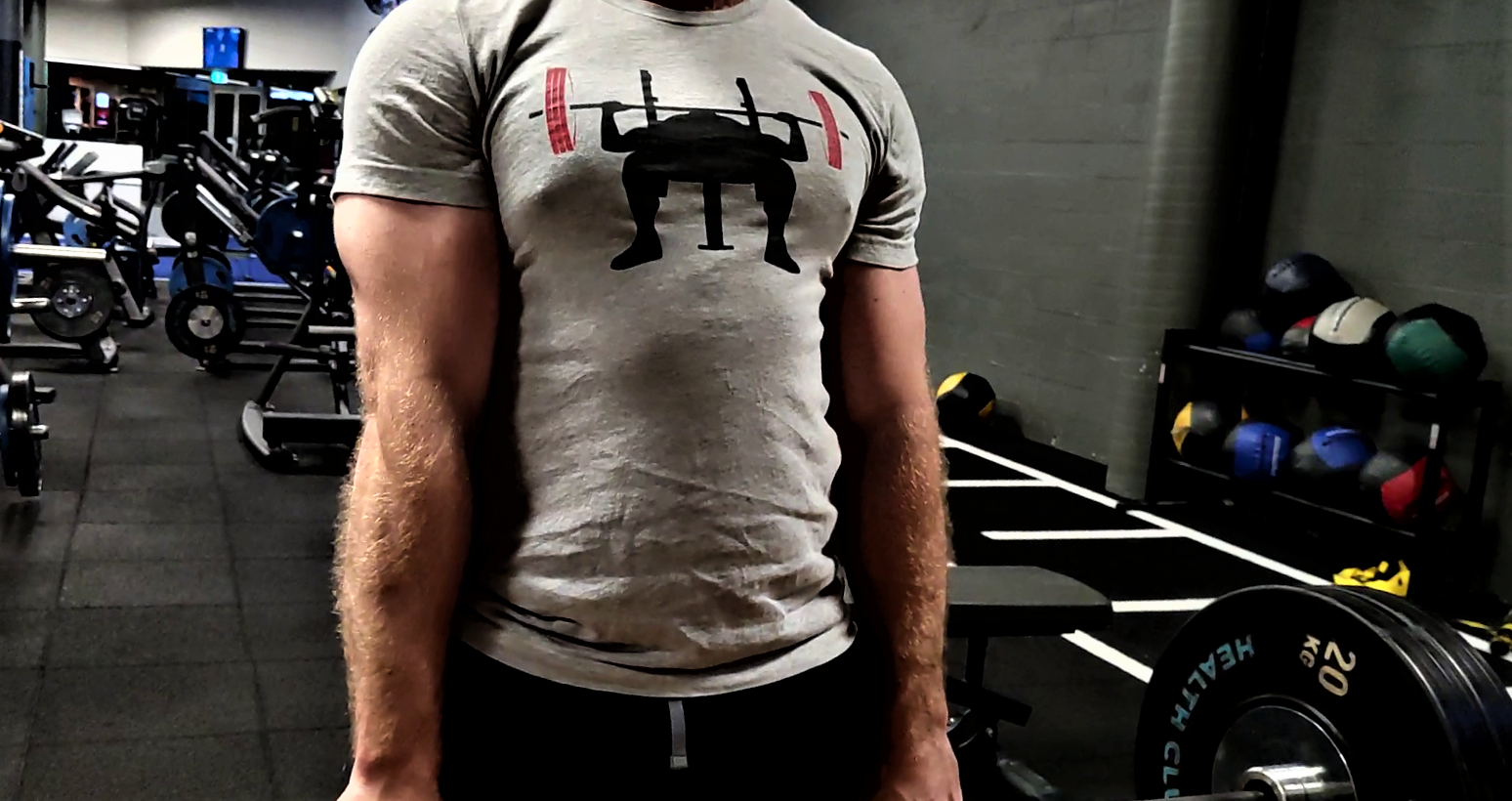
An Anvil Training Article by Daniel Hunt
They look great, let’s be honest. But beyond that - what is it that makes that particular arm muscle valuable and why is it beneficial to train?
If you were to ask the average gym goer to name three muscles in the human body, one of those three answers is likely to be “biceps”. So first, what do they mean when they say that?
Biceps Brachii
On the front of the upper arms is a prominent muscle that crosses both your shoulder and elbow joints, is used to bend your elbows, turn your palms outwards and inwards, assist the shoulder in moving your arms forward and upwards, and assist in stabilising the shoulder. These muscles are commonly referred to as just your ‘biceps’. Your biceps are primarily used for exercises that involve pulling a weight towards your body with the help of your back and core muscles, and if you’ve visited a gym even once, there’s a good chance you witnessed someone training them.
Anatomy is a wonderful and complicated thing - every time you contract your biceps there’s a lot going on under the skin that allows them to function and develop with each use. Often viewed as a ‘beach muscle’, the biceps can be regarded as something to show off or only worth training when summer is coming up.
Not functional?
Before continuing - I think it’s important to note that if your motivation for training is just to look good, that’s cool, too. Everyone has their own reasons and motivations for exercising, and aesthetic appeal is probably one of the more common reasons. So, while there are gym goers out there who might look at bicep isolation training as ‘non-functional’ or straight up unnecessary, don’t ever let it deter you from doing something that makes your exercise more enjoyable or feel more rewarding.
I admit that for 2-3 years, I fell into the crowd of people that didn’t see any compelling reason to train my biceps - and I admit that the most likely reason for that was a lack of research on my part. While there is no clear cut group upon which you can label ‘bicep denyers’, the belief appears to have the highest presence amongst the ‘functional’ fitness communities.
During the time that I wasn’t adding some kind of direct bicep stimulation into my programs, I did a range of different training types, and none of them seemed to me as sports in which I needed bulging biceps to excel. As I look back now at the training I’ve done in the past and the ways I could have improved it, one of the things I wonder is if doing some kind of isolated bicep training would have been beneficial.
Where’s the benefit?
I won’t be trying to explain anything complicated, there’s plenty of academic research out there detailing everything anyone could want to know. So, for the sake of simplicity, let’s look at some common movements within gym sports where a stronger bicep will benefit either performance, injury prevention, or both.
The Pull-Up
A staple movement when it comes to body weight exercises, the pull-up is a common movement found in any gym. It’s a display of your body’s ability to move itself with power and control; and requires muscular endurance if you want to get any kind of respectable reps. Prevalent in any gymnastics setting, watching someone literally throw their weight around is truly impressive to see.
When the body pulls something towards itself, a large group of muscles from both the back and arms are activated. Depending on the grip you’re using during this action, different muscles will have different levels of activation. The two most common grips are with your hands facing away from you (pull-up, pronated ) and hands facing towards you (chin-up, supinated). The biceps are maximally activated when using the supinated chin-up grip, so they’re great for when you want to target your arms. All grip variations still activate your pulling muscles, however, so no one should feel like they’re missing out. Which grip you use will depend on your training and what your goals are - for example, a powerlifter probably has different uses for the pull-up than a gymnast would.
The largest muscle in the back recruited during any pull-up variation is the latissimus dorsi (lats), and while the pull-up is great for developing them - more targeted exercises will build and strengthen your lats better than strictly just pull-ups could. The same goes for your biceps, and when you put the effort into training and building them, you’ll experience beneficial crossover when doing exercises that recruit those muscles.
The Bench Press
As a spectator, the bench press looks quite simple: while laying on your back, bring a barbell to your chest, and push it back up to full extent. Realistically, it’s a highly technical movement that requires a lot of practise to conduct safely and efficiently. The question “what do you bench?” has been asked in gyms more times than Hail Mary’s have been said in a Catholic church, and it’s place as the staple test of upper body strength is well deserved. 
The bench press is a pushing movement, no surprises there. So when it’s talked about, people are thinking of things like chest and triceps. During any movement however, there are a range of muscles working that we may not intuitively recognise. One of those muscles will be what’s called the ‘antagonist’, which during the exercise will relax to allow other muscles to contract. The biceps act as an antagonist during a bench press; so while your triceps are contracting, your biceps are relaxing to allow them maximum activation. Keep in mind - this doesn’t mean that the biceps aren’t engaged. The level of activation changes depending on what variation of bench you’re doing, with dumbbell bench giving more activation than barbell, and barbell giving more than smith machine bench. So, for bicep activation as an antagonist: dumbbell > barbell > smith machine.
The phase of the bench where the biceps do most of their work is the eccentric (lowering) phase.They’re going to assist you in bringing the bar down to your chest under control and with stability. The lowering of the bar is half of the movement, and while biceps may not be directly helping push during the concentric phase (upwards), their tissue and mass provide your arm with the volume to bear the weight. When it comes to training your upper body in general, it doesn’t add much more time or effort into your program to include some isolated bicep exercises that will give your arms some girth and more overall power, stability, and control.
The Row
‘The Row’ covers a lot of variations of the same movement. Whether it’s seated, bent over, chest supported or you’re paddling across water, the row follows the same standard guidelines: grab onto something with your arms fully extended, and then pull it towards your chest. It’s a basic movement that everyone can learn, but its use as a back-building exercise is unrivalled.
As another pull movement, the benefits of having strong biceps when conducting a row-type exercise shares a lot of similarities with the pull-up. Any strong pull muscles will assist in a more powerful movement during a compound exercise such as a row. What differs with the row, when compared to something like a pull-up, is the amount of variation available when programming them. With rows as a staple movement in almost every standard to advanced gym program, being able to perform them well is going to benefit your training goals.If you’re looking to put some more emphasis on your biceps while building your back, try doing some of your rows with your arms supinated (hands rotated with palms facing ‘up’). As was discussed with chin-ups, doing so increases bicep activation and will give your training some slight variety.
The Deadlift
The deadlift is one of the most basic human movements in existence: the act of bending down and picking up an object from the ground, back into a standing position. The deadlift is such a primal display of strength, that along with a few other key movements, it can be seen throughout cultures around the world as the test of a person’s physical prowess.
You may or may not have heard of lifters damaging one of their biceps during a deadlift. Intuitively, it’s not hard to imagine how the bicep could be affected by a movement like the deadlift. It’s a ‘pull’ movement after all, and when watching the movement in action you can see the arms of the lifter under strain. But contrary to intuition, the biceps aren’t actively contracting. If the deadlift is being performed with correct technique, the elbows should be at natural extension, causing the biceps to be at their functional resting length. Having the elbows extended means there will be a relatively low amount of tension through the biceps.
So, how can bicep injuries occur from deadlifting?
Two things here: the first is alternating grip. The second is correct technique.
If you aren’t using lifting straps, ripping your thumbs off with hook grip, or haven’t reached a weight that’s too heavy for neutral grip, then you’ve used alternate grip.
In an alternate grip, there will be a supinated arm (the arm with the hand facing away from the lifter), which is most commonly associated with bicep injury.
When correct technique isn’t applied by a lifter, they may flex their elbow when conducting a deadlift. This is probably done without the lifter realising, and there may be several reasons for why it’s happening - but flexing the elbow whilst deadlifting increases the amount of inappropriate tension through the bicep, and increases the likelihood of injury.
How can training biceps help prevent injury?
Here’s the kicker, directly making your bicep stronger isn’t the ultimate prevention method for biceps when deadlifting - correct lifting technique is.
What training biceps can do is help you learn to extend your elbows. Most people don’t use a full range of motion when engaging in movements that involve bicep contraction (e.g. pull-ups, bicep curls, chest-supported rows). When doing exercises such as these, focus on using a full range of motion that causes your elbows to extend to their natural resting position. A cue that you may find useful is to think of flexing you triceps when your elbows are extended. This cue is very useful when setting up for a deadlift.
The Goal Dictates
If you’re training for specific goals (e.g. sports or events), then it’s totally understandable that you may skip over things that won’t directly assist in achieving these goals. However, if your goal is general fitness, then I would recommend following a balanced program that includes a variety of training exercises. Doing this doesn’t have to be complicated - simple compound exercises can activate and develop most of the areas of your body, and are usually the kind of exercises you’ll usually find in many general fitness programs.
While compound movements should be in every program as a basic rule, isolated exercises are crucial in helping develop the individual muscles, like the biceps, involved in every big push or pull movement.
References
https://www.kenhub.com/en/library/anatomy/biceps-brachii-muscle
http://www.fitnesshealth101.com/fitness/weight-training/strength-training/pushpull-program
https://www.strengthminded.com/biceps-tears-from-deadlifts/
https://breakingmuscle.com/fitness/pull-up-vs-chin-up-a-comparison-and-analysis
https://www.t-nation.com/training/bench-press-battlefield
https://www.strengthandconditioningresearch.com/exercises/bench-press/
https://gymtalk.com/bigger-biceps-for-a-bigger-bench-press/
About Us
Anvil Training and Development is a group of Australian veterans who care about the physical and mental health of veterans and emergency service workers. We’re passionate about ongoing education and working with others to implement positive change.
Instagram: Anvil Training & Development - @anvil.td
Facebook: Anvil Training & Development - @anvil.td
www.anviltd.com
(Article Edited, Proof Read, and Fact-Checked by Charlotte Officer)
VES Mental Health Resources: https://anviltd.com/pages/ves-australian-mental-health-resources
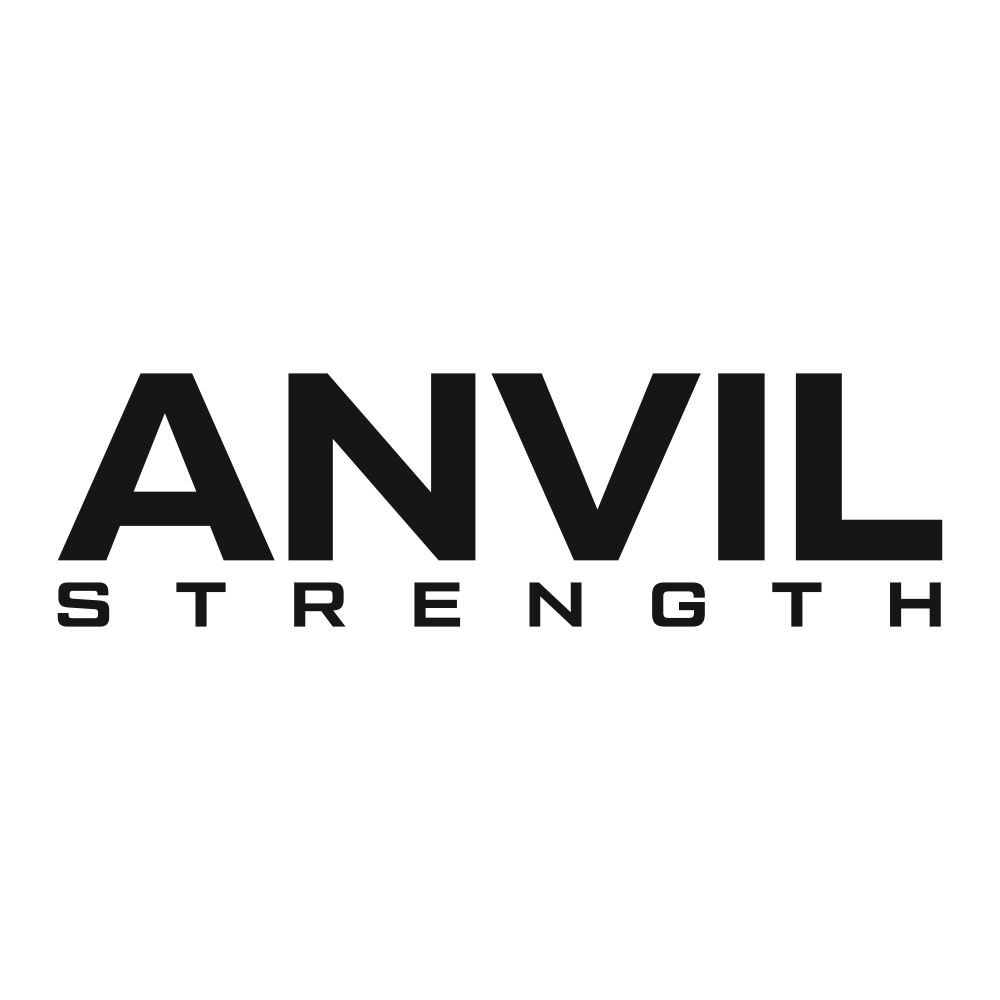
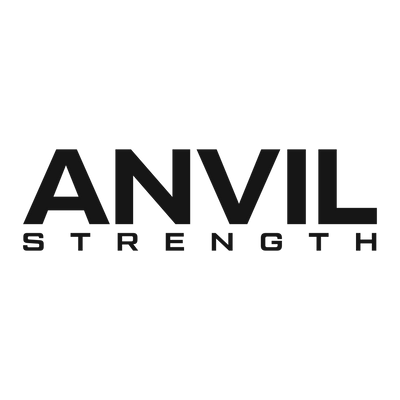
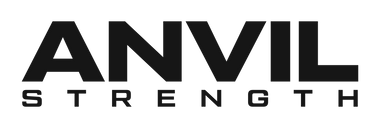
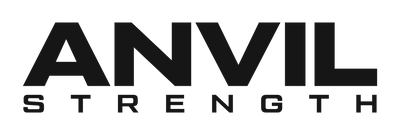
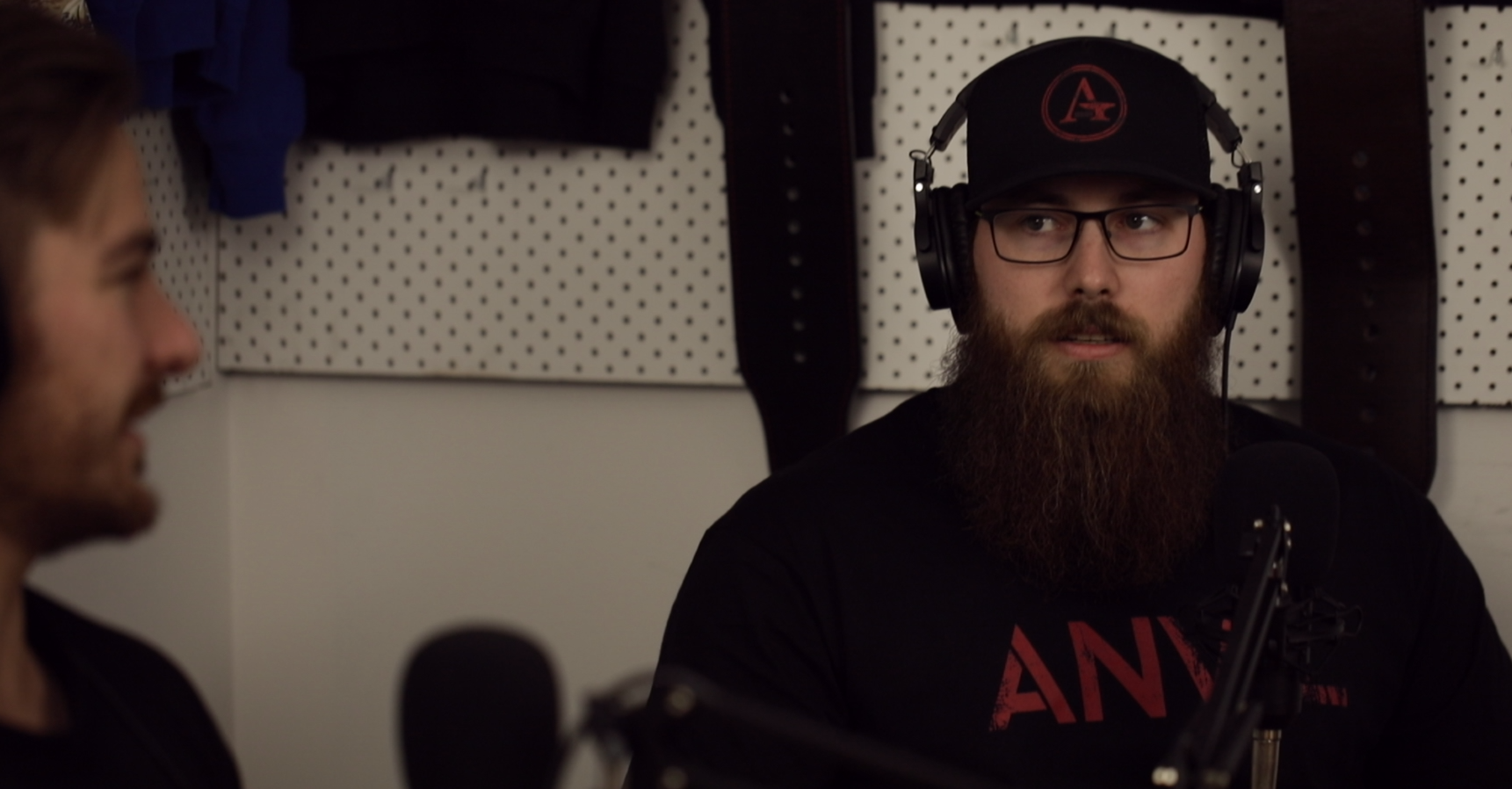


Leave a comment